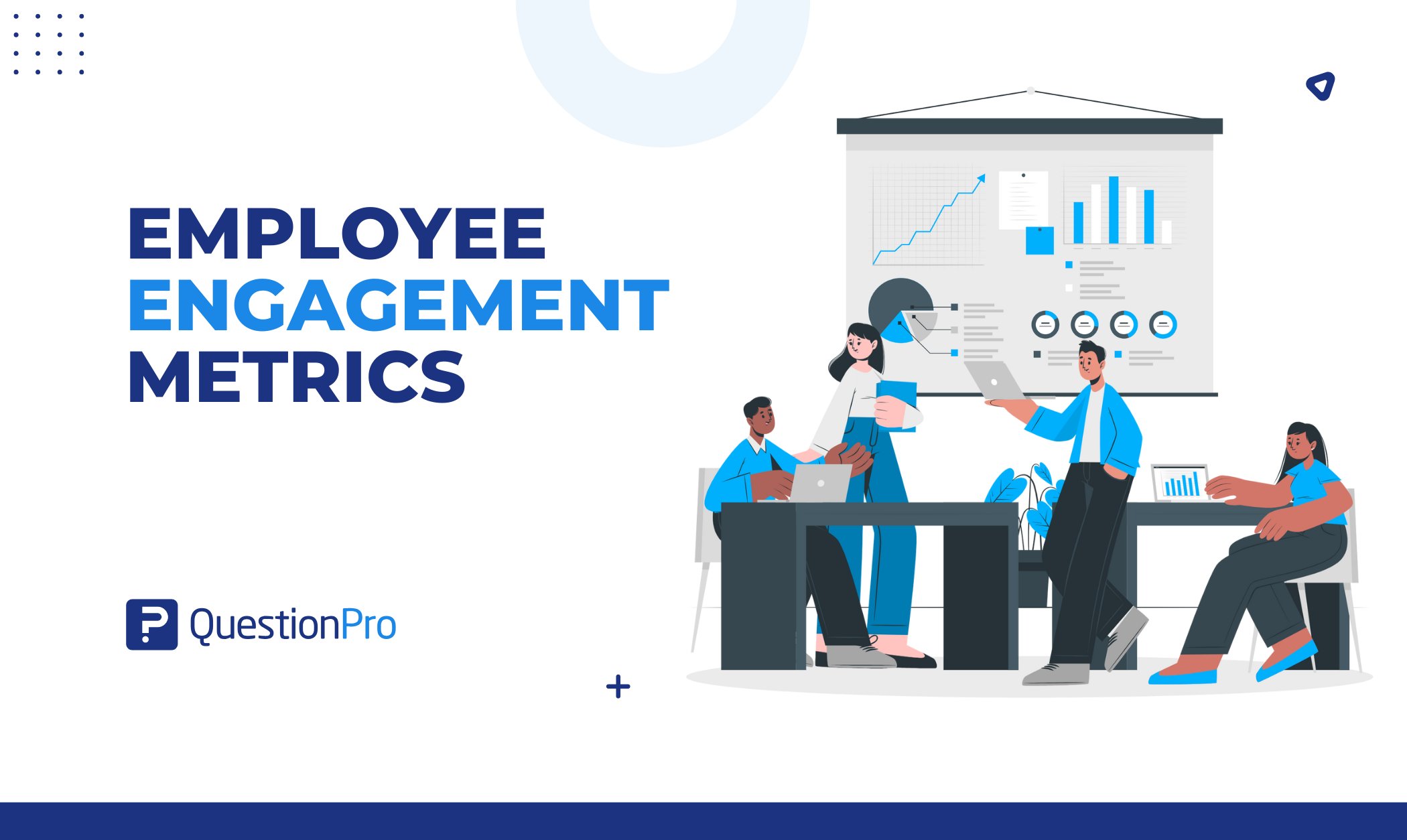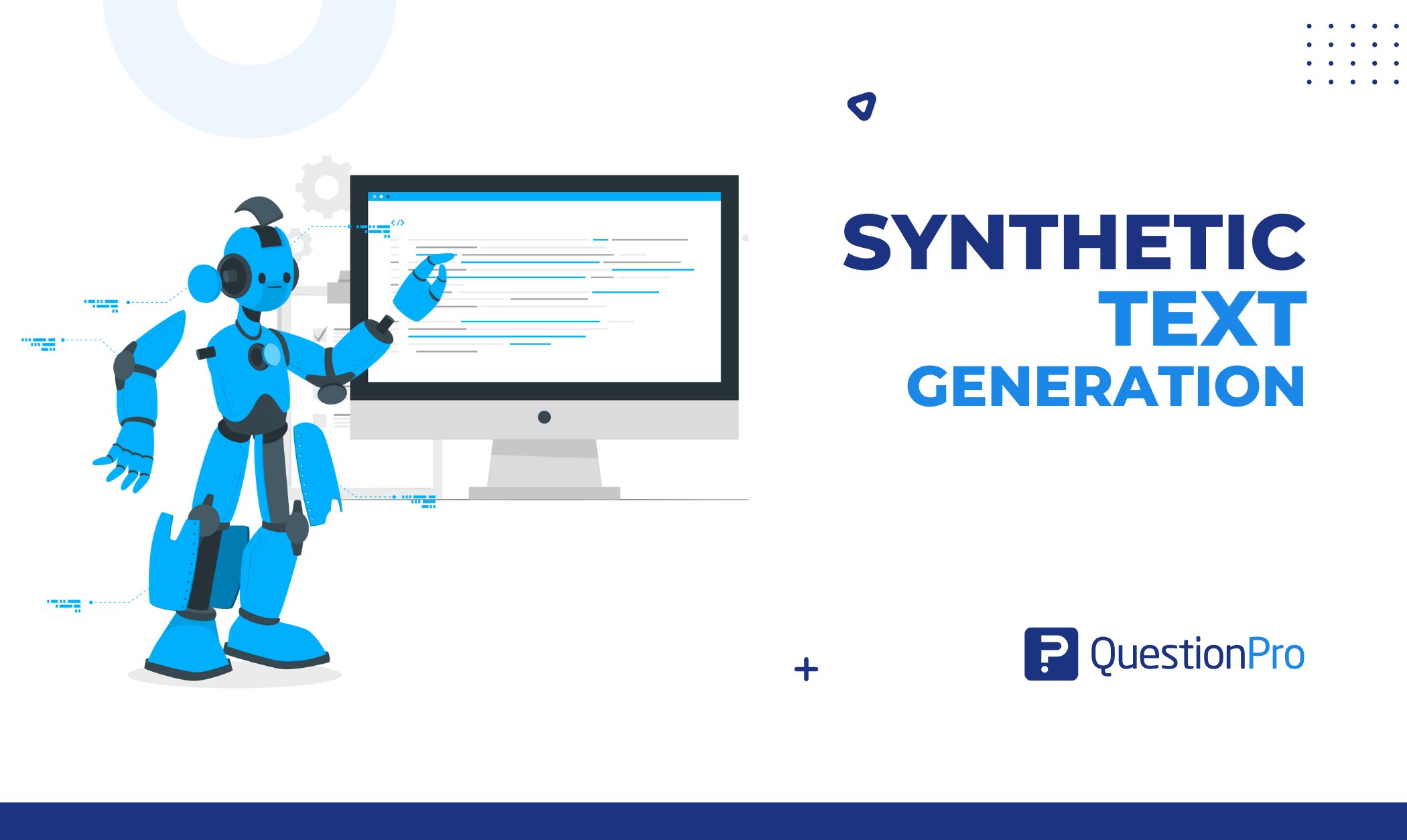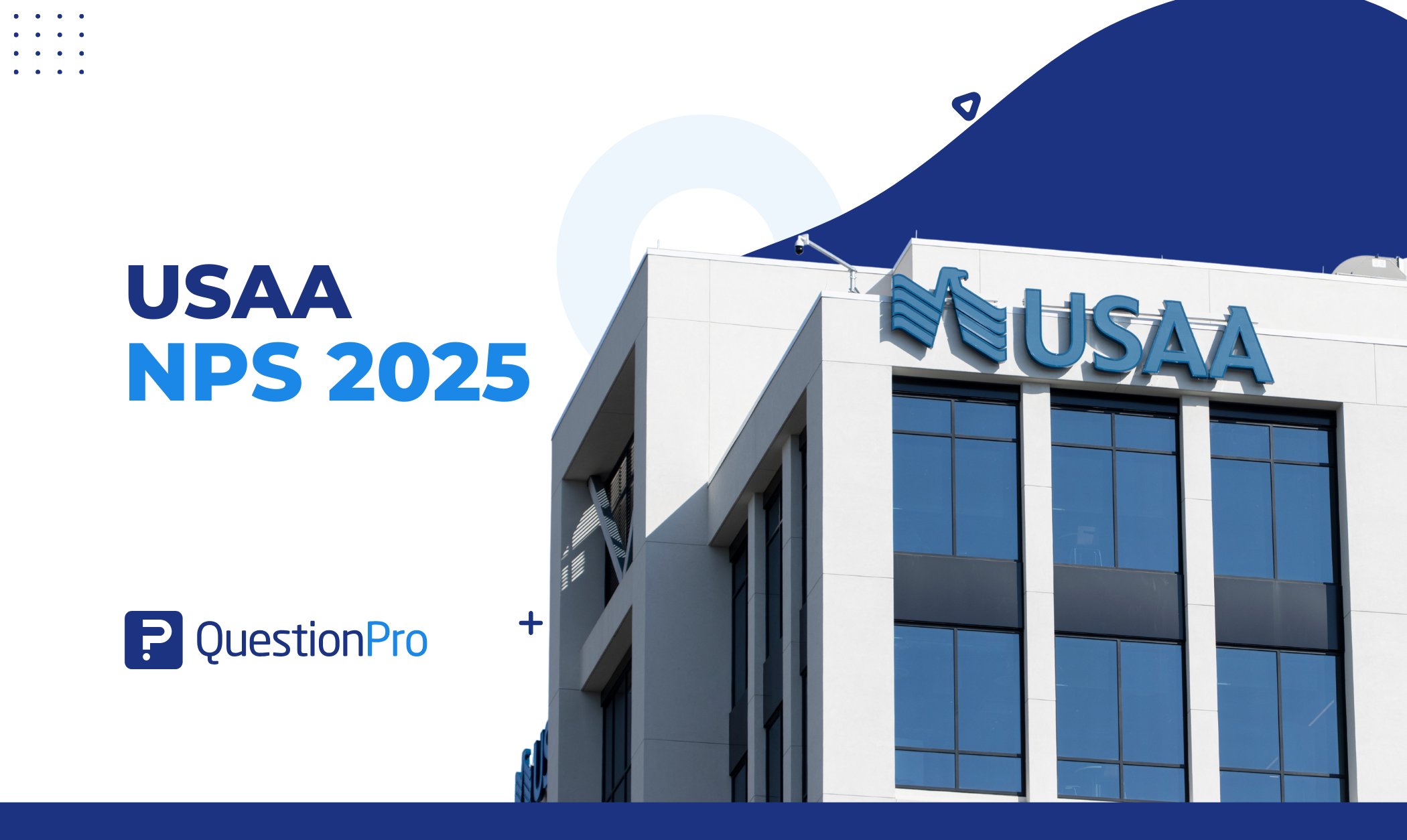
PTO (Paid Time Off) is a type of leave policy for employees. Under this policy, the company gives its employees a pool of paid leaves that they can use without losing pay. PTO means that employees will still get paid even if they aren’t at work for a certain amount of time.
Depending on the policy of their workplace, workers may also receive paid holidays and other time off. As a result, the amount of PTO acquires at the same rate throughout the year. Traditional PTO functions in this manner. The PTO concept has no limitations for businesses. Flexible PTO allows employees to take as many annual vacation days as they choose.
In this blog, we will go over what PTO (Paid Time Off) is and go over the pros and cons of using it.
What is Paid Time Off (PTO)?
Paid time off (PTO) is the time when you are not working but still get paid. There are many reasons to use a PTO account, such as illness, marriage, death in the family, vacation, or personal time. Employees are free to use their vacation days in whatever way they choose.
PTO is one of the most valuable things an employer can do for their employees. Today, more and more companies offer “unlimited” PTO, which means you don’t have to save up time before you can take paid time off.
PTO policies can be arranged in a variety of different ways, depending on the size of the company, the company’s structure, and the industry in which the business operates.
Different Types of Paid Time Off
PTO should be classified according to the reasons given by your employee. It is much easier to keep track of which categories receive the most PTO requests when they are clearly classified. Here are some of the PTO options available to your employees:
Vacation Leave
When workers feel the need to take time off from their jobs, they can request PTO in the form of vacation leaves. The purpose of making use of vacation leaves is typically to relax and refresh themselves. It is essential that PTO policies clearly outline when employees can take PTO, how early they must notify management, and how to handle work while they are off.
Sick Leave
Paid sick leave can be used by an employee who is ill or injured. Most of the time, employees use sick leave to take care of their own health. According to company policy, employees can take a certain number of sick days each year. In the Attachments section, the employer can also ask for a doctor’s note from an employee who wants to take a long leave.
Parental Leave
Parental leave is a benefit that helps an employee keep their job while they care for a new child or a child they adopted. Most of the time, both mothers and fathers can use it. When an employee has a child, they can take advantage of these days off. To get the most out of your PTO for maternity, it is best to use it all at once.
Bereavement Leave
When a member of the employee’s immediate family or close friend passes away, the employee is eligible to take time off work known as paid bereavement leave. Bereavement leave allows workers the opportunity to come to terms with the death of a loved one, attend funeral services, and make funeral preparations. Because it allows workers the opportunity to get their emotional lives back in order after experiencing a loss, bereavement leave can be beneficial to the overall productivity of an organization.
Study Leave
If you need to further your education, you can take advantage of the benefits of study leave. PTO time can also be used to cover the cost of travel for employees attending their graduation ceremonies. Management has the chance to obtain verification of the ceremony’s specifics before sectioning up leave for it.
Earned Leave
Earned Leave is a type of paid time off that has been earned by working. When all other leave kinds have been completed, employees are given a few days of paid leave that can be redeemed at the end of the year or given to the employee as a bonus.
Military Leave
In the event that an employee is called up for active service or employee training, they are eligible for military leave, which allows them to fulfill their commitments without suffering a reduction in salary. According to the regulations set forth by the government, this PTO category needs to be incorporated into company policy.
LEARN ABOUT: Salary Survey
Jury Leave
As it is required by the government, many companies give their employees PTO to serve on juries. Before letting an employee take time off to serve on a jury, management can verify that they have received a summons from the court.
The Pros & Cons of Paid Time Off
Employers used to routinely provide employees with separate paid time off benefits based on the reason for their absence. Nowadays more organizations are using PTO systems that combine all absence restrictions into a single plan as a modern, flexible approach to absence benefits.
The Pros
Well-designed PTO policies can benefit employees and organizations. By allowing employees to take PTO at their own choice, managers aren’t forced to control their use of the advantage, and people aren’t forced to disclose sometimes-personal conditions. Here are some pros or positive aspects of PTO (Paid Time Off):
- Reduces Employee Stress: PTO allows employees to take a break from work without affecting their salary. This will allow them to regain their strength and be ready to return to work after a well-earned vacation. They will be less workplace stressed and more productive at work as a result.
- Control Absences: It’s possible that workers will feel forced to take advantage of their paid sick days even if they are in good health. Employees who are granted PTO have a greater incentive to save some of that time off for later usage.
- Improves Workforce Relationships: Different PTO types allow employees to be honest about their leave. It also helps managers figure out how important a situation is. When employees trust management more, they are more likely to share business concerns and opinions.
LEARN ABOUT: Employee Trust
- Competitive Advantage: PTO is a benefit that many large corporations offer to their employees. A well-thought-out PTO policy can assist your company to attract and retain top-notch employees in this scenario. With similar employment duties, perks, and incomes, a favorable paid time off policy can influence a candidate’s decision.
- Better Brand Value: Most top culture-driven organizations have an effective PTO policy. Internally, it helps to raise their brand’s value. PTO also avoids complaints that could harm the company’s reputation.
The Cons
Even though there are a lot of advantages to PTO programs, no employment policy is completely free of disadvantages. But if an employer is thinking about switching to PTO, they should be aware of some possible drawbacks, such as the following:
- Policy May be Abused: Employees may take weeks or months off without fear of losing their jobs. Most employees don’t take all of their annual leave, therefore this may not be a big issue. However, some will take advantage.
- Scheduling Difficulties: With PTO, employees take more days off, which can affect schedules and staffing. Too many employees may take time off at once if there’s no formal way to track it. This can cause other employees to miss deadlines and slow down.
- Employee Burnout: If businesses don’t encourage vacation time, workers may not take enough. After establishing an unlimited PTO policy, some companies found that employees took fewer days off because they lacked clear guidelines.
- Unused PTO: An employee who leaves the company while still having a significant amount of unused PTO can represent a significant financial burden, depending on the policies in place.
Conclusion on Paid Time Off
PTO works successfully for many firms and can be an enticing alternative to typical leave policies, but it may not be ideal for every organization. Your first goal should be to encourage employees to use paid time off.
A workplace culture that promotes time off depends on management leading by example and taking vacation and PTO days themselves. Eliminate the guilt connected with job absences by showing genuine interest in employees’ time off.
In the workplace, the longer you maintain employees, the more you can develop, create, and accomplish. Learn how to get continuous feedback from your employees using QuestionPro Workforce.







